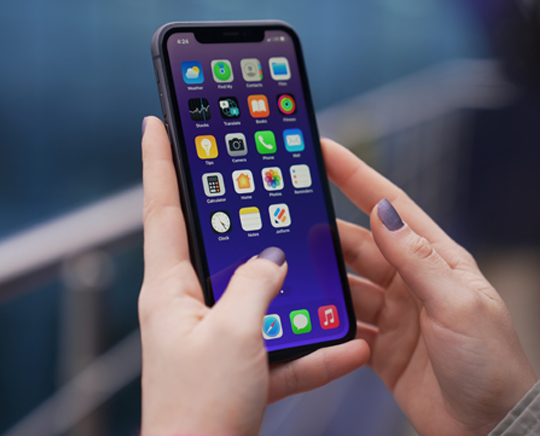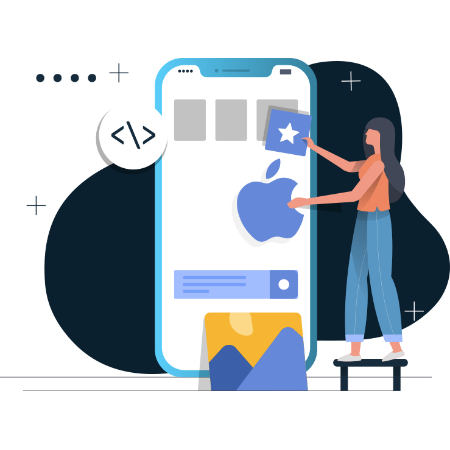NATIVE MOBILE APPS
- Home
- NATIVE MOBILE APPS

Native Mobile Apps

Android App Development Services
Conexus Tech Labs being a reliable Android app development company offers a full range of highly innovative and out-of-the-box app development services that help businesses to enhance their marketing strategy and acquire a large number of customers in the market. If you have a vision for an app, we have mobility experts to turn that vision into reality.
- Custom Android App development
- Native Android App Development
- Android App UI/UX designing
- Android App Testing
- Android App Support & Maintenance
iOS App Development Services
Conexus Tech Labs, one of the reputed iOS app development companies has been creating impactful apps for Apple devices. Leverage our rich expertise in iOS app development to build an engaging and consistent app, regardless of complexity. Our iOS app experts will help you every step of the way, from solution design to delivery and ongoing maintenance. Let your dream app become a reality with Conexus Tech Labs!
- Custom iPhone App Development
- iPhone UI/UX App Design
- iPhone App Testing
- iPhone App Support and Maintenance

Our Native App Development Process

Requirement Analysis
Identify requirements, define team structure & prepare product roadmap

Wireframing & Designing
Creating seamless and effortless user experience with a polished design

Development
Backend, API, and mobile app development following agile process

Testing
Validating app's quality with a series of testing criteria

Deployment & Support
Launching app on Google and Apple store with support for future revisions
Industry Verticals We Serve

FinTech

Insurance

Education

Healthcare

E-Commerce

Media & Entertainment
FAQs
-
1. Native vs. web appsA web app is an application that the user does not download and instead accesses via a web browser over a network. Example web browsers include Google Chrome, Safari and Mozilla Firefox. Web apps provide functionality from bank account access to YouTube video viewing via, for example, Safari on an iPhone. While developers write native apps for a specific device, they can write most web applications in JavaScript, CSS and the standard version of HTML for universal use across various browsers. Web apps can use a single code base because they are not designed around a specific device. Web apps are fast and simple to build, but are not as versatile and quick as native apps.
-
2. Native application toolsSwift and Java are open-source, and they are the main programming languages used by Apple and Google. Xamarin is a cross-platform software development tool used for native app development on iOS and Android and other platforms that rely on C# as a programming language
-
3. Native applications and platformsAccordion PThe term native app refers to platforms such as Mac and PC, with examples such as the Photos, Mail or Contacts applications that are preinstalled and configured on every Apple computer. However, in the context of mobile web apps, the term native app means any application written to work on a specific device platform. The two main mobile OS platforms are Apple's iOS and Google's Android. Developers write native apps in the code used for the device and its OS. For example, developers write iOS applications in Objective-C or Swift, while they create Android-native apps in Java. Native apps work with the device's OS in ways that enable them to perform faster and more flexibly than alternative application types. If users of various device types use the app, developers create a separate app version for each device. For example, the Facebook application was once written in HTML5 to use the same code for iOS, Android and mobile web. However, the app was slower for iOS users, so Facebook's app developers created separate code for iOS. Developers can rebalance complex tasks, such as networking done in the background of the main thread or program, which drives the UI.aragraph text
-
4. Native application pros and consAdvantages of native applications include: broad functionalities due to using the capabilities of the underlying device; fast and responsive software performance; push notifications; a UI that better matches with user experiences of the OS; and quality assurance though ratings in application stores. Disadvantages of native applications include: multiple code bases because each device has its own version of the app; the cost for additional developers to build and manage a code base for each platform; and time spent on multiple builds for separate platforms in each feature update.
Contact
- Mb1/E, Madhuban Road, Near Nirman Vihar Metro Station, Delhi
- +919818996060
- anurag@conexustechlabs.com
